Overview
Map
Other Details
كنيسة سيّدة المزرعة
Bejjeh
Jbeil
Mount Lebanon
كنيسة سيّدة المزرعة - بجّة كنيسةٌ بيزنطيّة بعقدٍ سريريّ وحنية نصف دائريّة، مبنيّة فوق أنقاضٍ رومانيّة. تقع الكنيسة في موضعٍ أثريّ غنيّ بالنواويس والآثار. رمّمت الكنيسة في القرن العشرين وأُضيفت إليها قبّة جرسٍ. The Church of Our Lady of the Farm - Bejjeh The church is a Byzantine church, with its structure consisting of a rib vault and a semicircular apse. The church was built over Roman ruins in a historic necropolis. It was renovated in the 20th century, and a bell tower was added.
Visited 2555 times, 5 Visits today



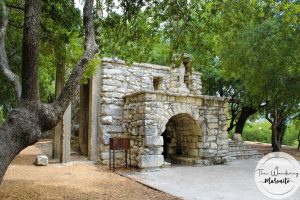
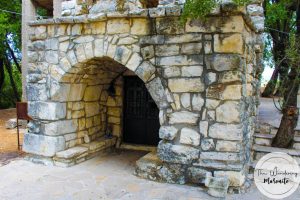
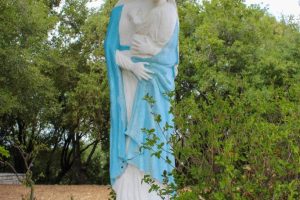
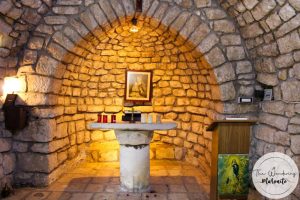
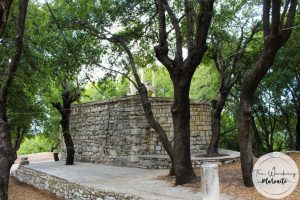
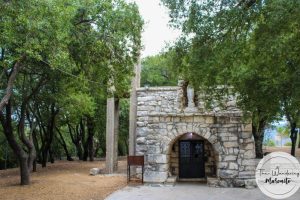
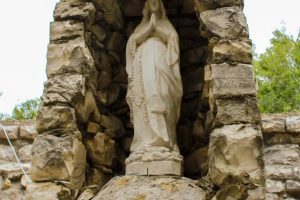







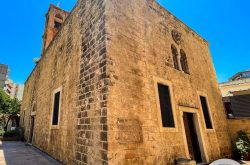
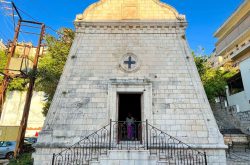
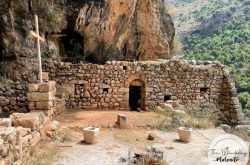
Reviews are disabled, but trackbacks and pingbacks are open.